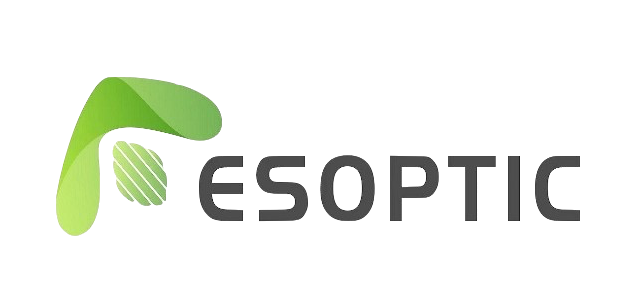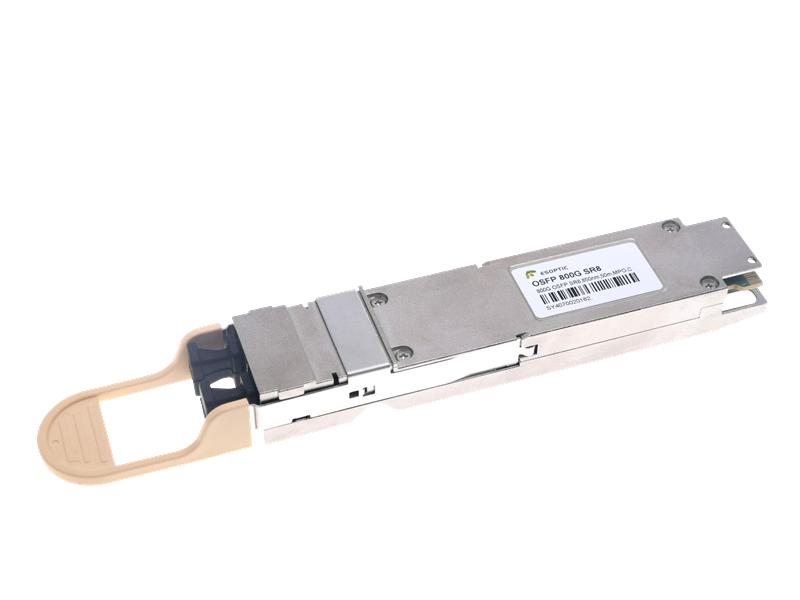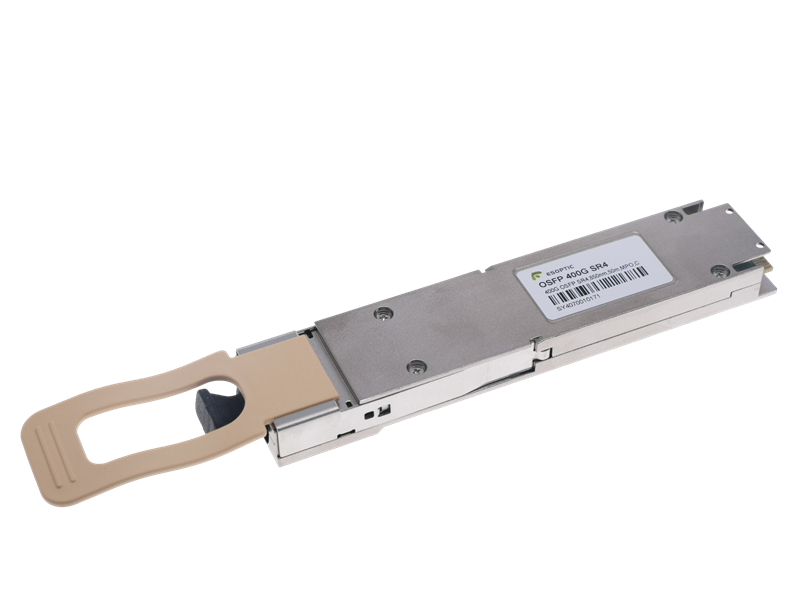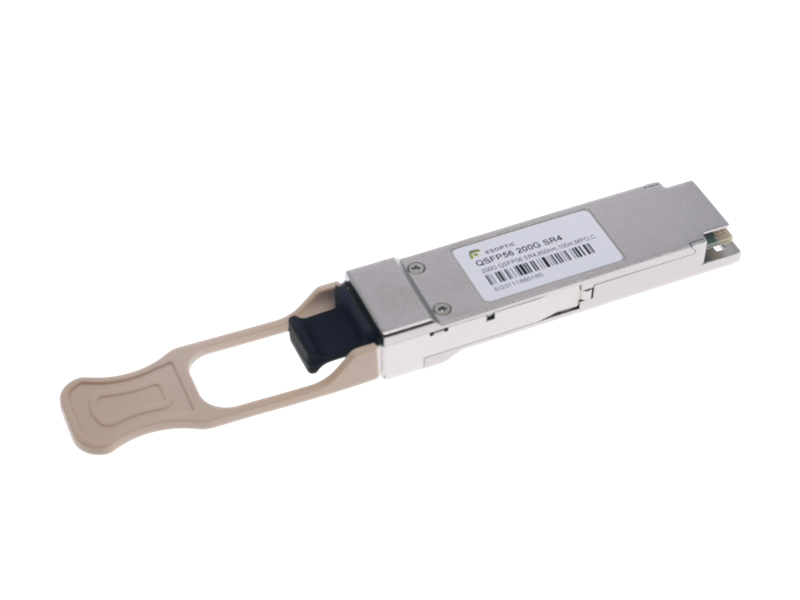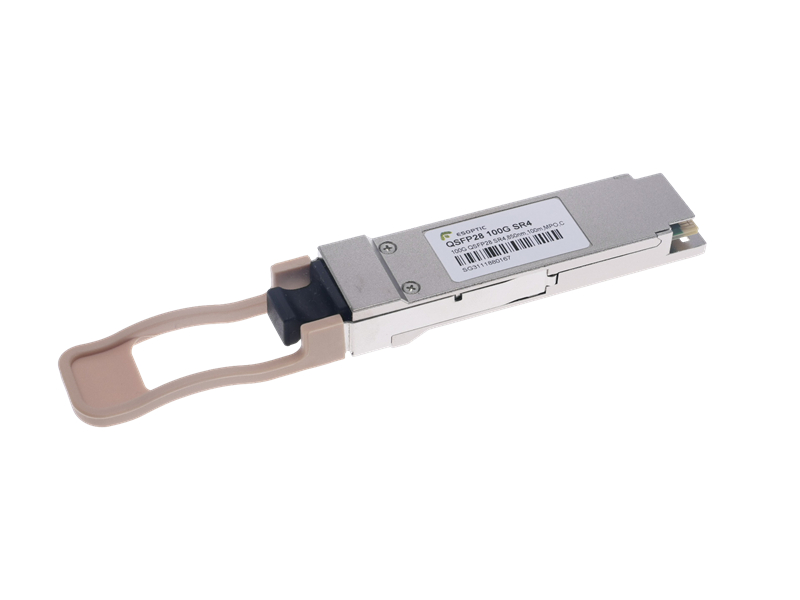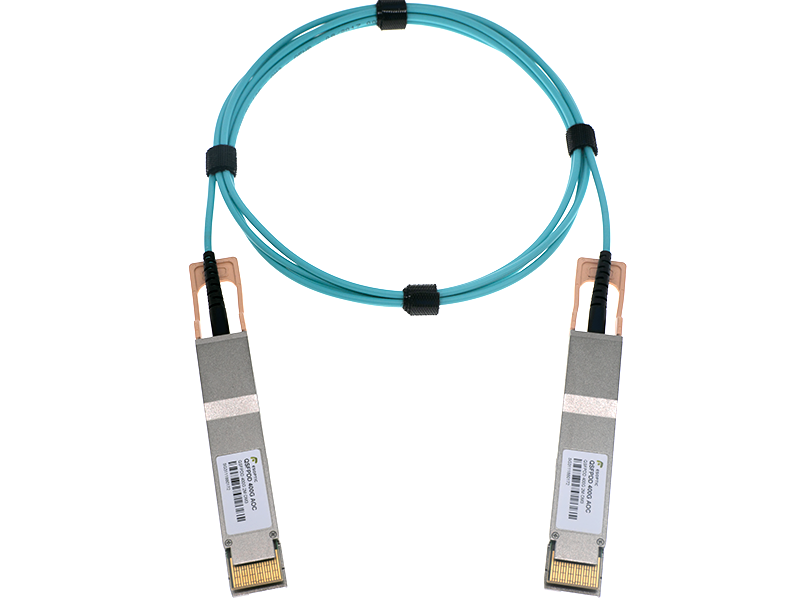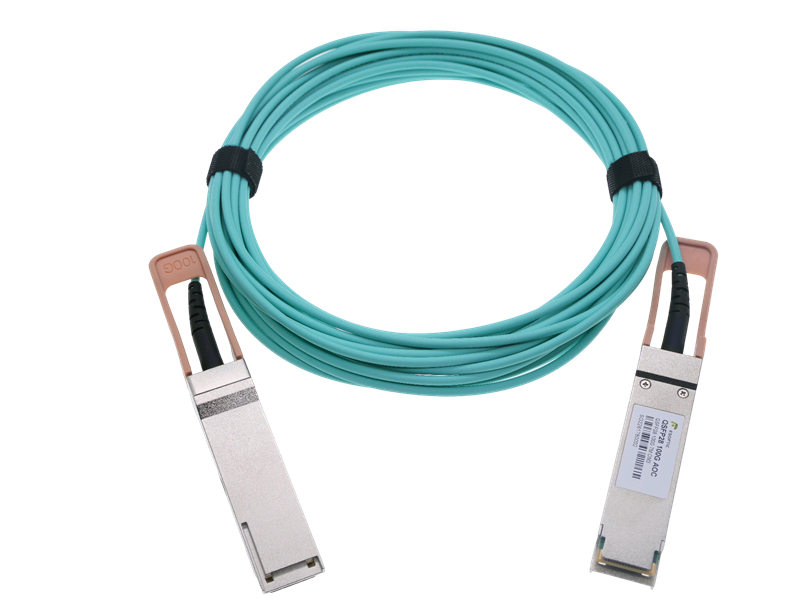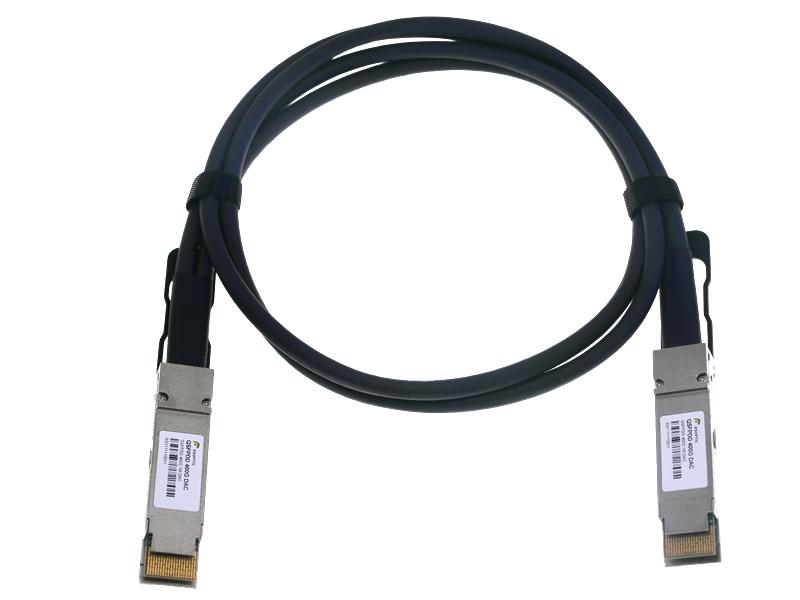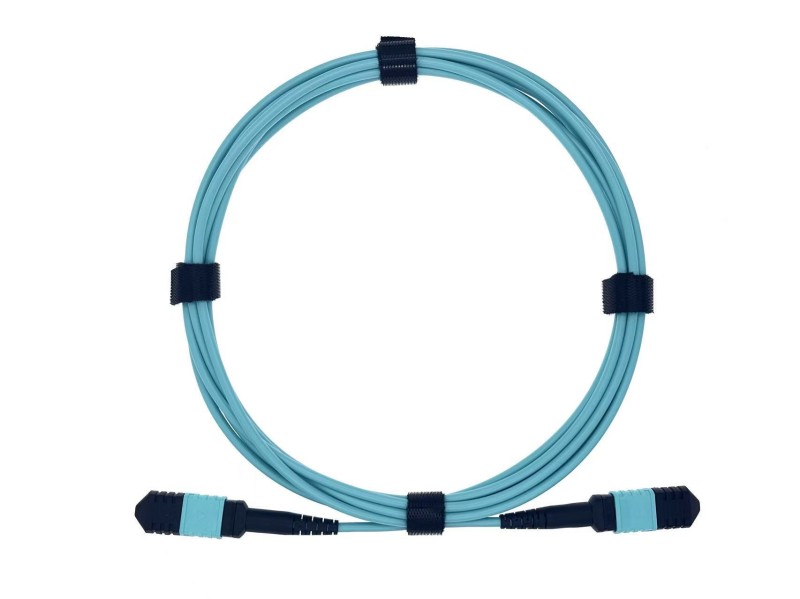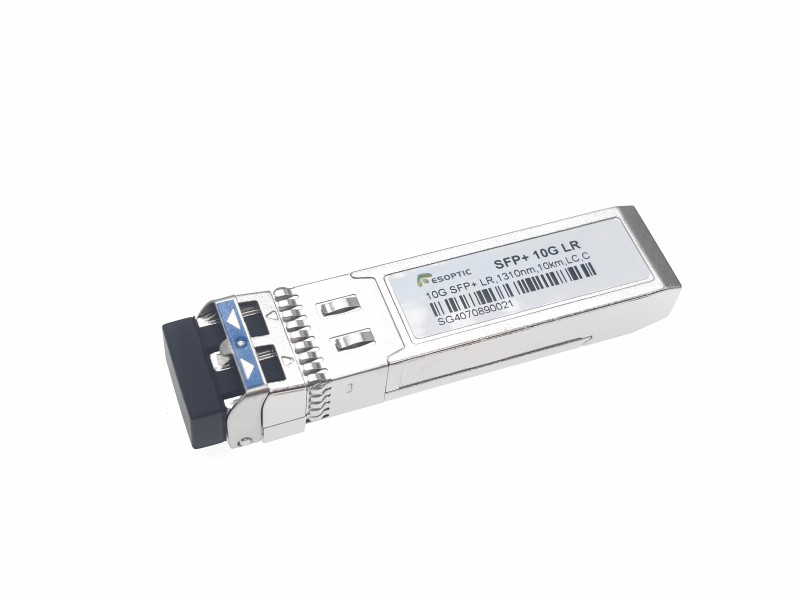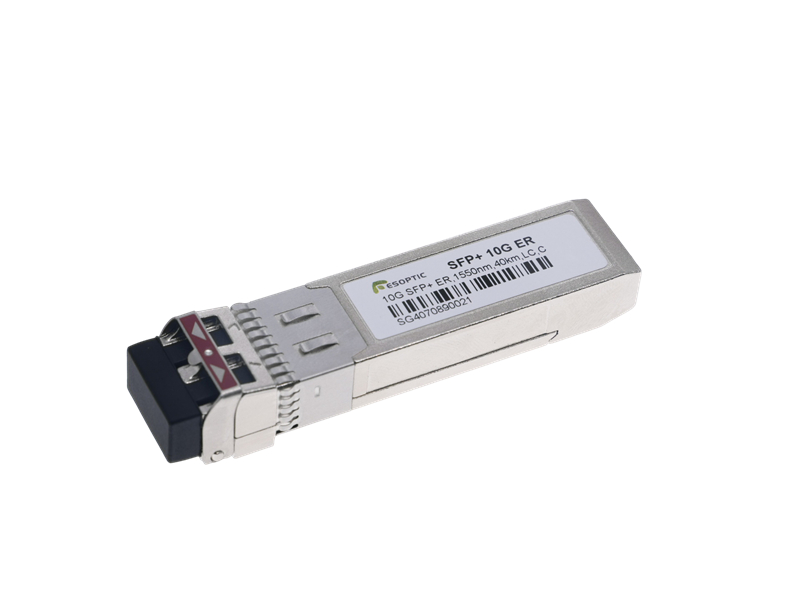Hey folks, let’s talk about one of those specs we all glance at in a datasheet – the Extinction Ratio (ER). In the world of optical comms, we often get obsessed with pushing numbers to the limit. More power! Faster speed! And yes, a higher extinction ratio! But is it always the golden ticket? Let’s pop the hood and take a look.
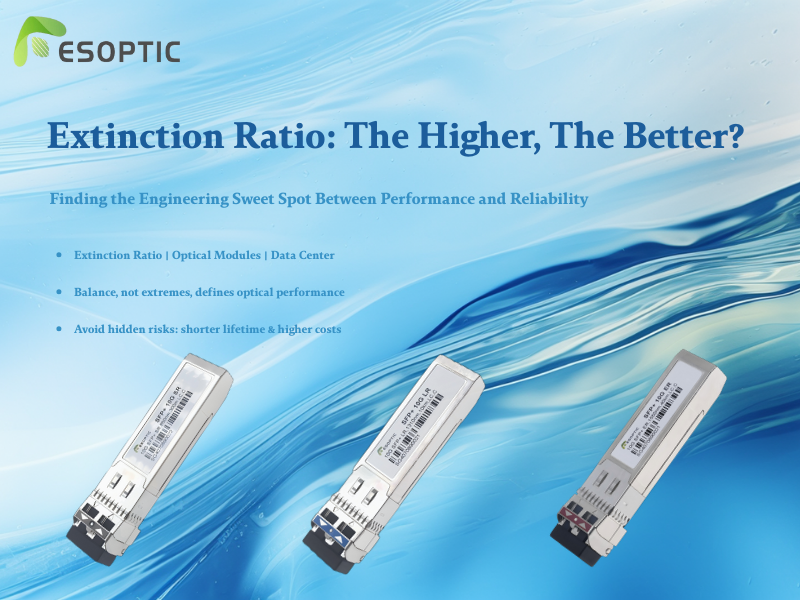
In simple terms, the extinction ratio is the ratio of the optical power in a logical ‘1’ bit (P1) to the power in a ‘0’ bit (P0). It’s ER = P1 / P0. A high ER means your ‘1’s are really bright and your ‘0’s are really, really dim. This clear distinction makes it easier for the receiver at the other end to tell the bits apart, which sounds fantastic for reducing errors, right? Absolutely. A strong ER is a hallmark of a quality transmitter laser; it gives you a better signal-to-noise ratio (SNR) and a higher power penalty margin on the link.
So, the knee-jerk reaction is: crank it up! Max it out! But here’s where engineering reality bites back. Pushing the extinction ratio to its absolute maximum isn’t free lunch. It comes with a couple of hefty trade-offs.
First, Increasing transmitter power consumption To achieve a high extinction ratio, it is typically necessary to increase the output power of the “1” code or reduce the leakage power of the “0” code (especially for lasers). This leads to an increase in power consumption of components such as the transmitter driver circuit and laser, which conflicts with the trend toward low-power optical modules, particularly in high-density integration scenarios (such as data centers) where trade-offs must be considered.
Second, Potential introduction of nonlinear distortion: If the power of the “1” code is too high, it may cause the laser to enter a nonlinear operating region or trigger more pronounced nonlinear effects (such as self-phase modulation) during fiber transmission, thereby degrading signal quality. Therefore, a higher extinction ratio is not always better; it must be matched with parameters such as transmission distance and data rate.
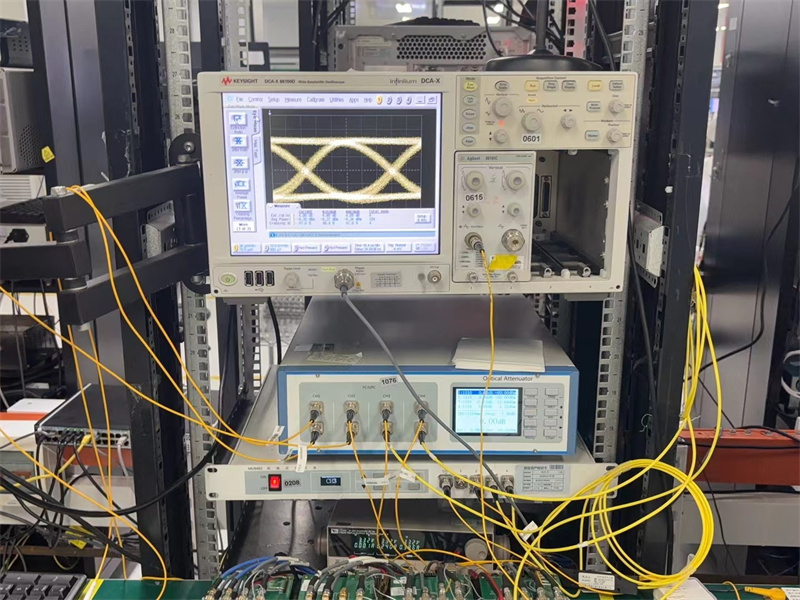
This is where the design philosophy of a brand like ESOPTIC shines. They don’t just chase datasheet heroes; they engineer their optical components for optimal performance in real-world operating conditions. An ESOPTIC transmitter is tuned to deliver a robust, excellent extinction ratio that ensures system performance while maintaining long-term reliability and stability. It’s about smart engineering, not just brute force.
So, the next time you’re evaluating a module, remember: a sky-high extinction ratio looks great on paper, but the real art is in finding that perfect equilibrium for your specific application.
FAQ
1. What is a typical good value for extinction ratio in today's optical modules?
For many common applications like 10G/25G LR/ER, an ER of 3 dB or higher is generally considered very good. More advanced coherent modules will have their own, different requirements.
2. Can a receiver compensate for a poor extinction ratio from the transmitter?
To some extent, yes. Advanced receivers can use techniques like adaptive equalization. But this adds complexity and cost. It's always better to start with a clean signal from a high-quality transmitter.
3. Does extinction ratio affect the maximum reach of a link?
Indirectly, yes. A low ER can degrade the optical signal-to-noise ratio (OSNR), which is a key factor determining the maximum achievable distance before the signal needs regeneration.
4. How does temperature affect extinction ratio?
Laser characteristics change with temperature. As temperature increases, the threshold current rises, which can cause the ER to degrade if the modulation current isn't properly controlled. Good modules have built-in compensation for this.
5. Is a higher extinction ratio always better for power consumption?
No, actually, it's often the opposite. Achieving a higher ER usually requires driving the laser with a higher modulation current, which directly increases the power consumption of the transmitter.
